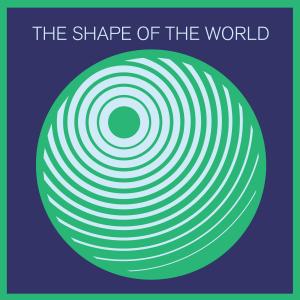The Shape of the World

Existential Risk: A User’s Guide
Daniel Holz studies black holes, gravitational waves, and cosmology, all while also running the Existential Risk Laboratory...

Daniel Holz studies black holes, gravitational waves, and cosmology, all while also running the Existential Risk Laboratory...
